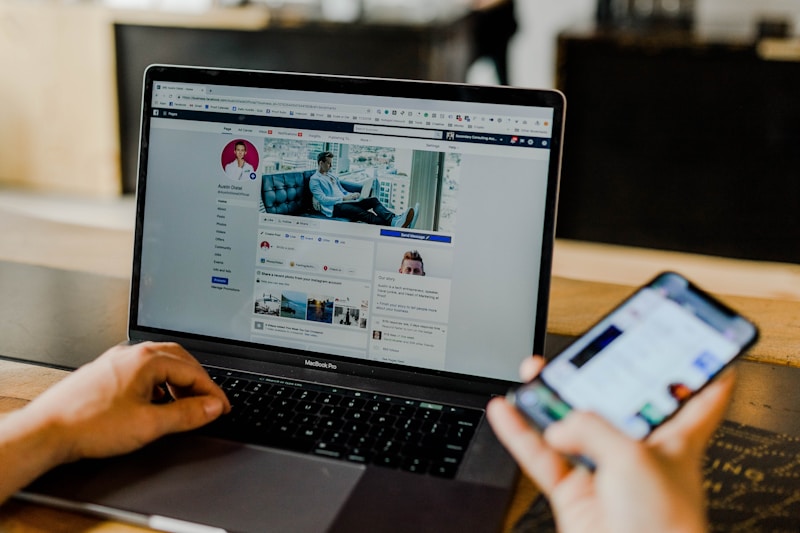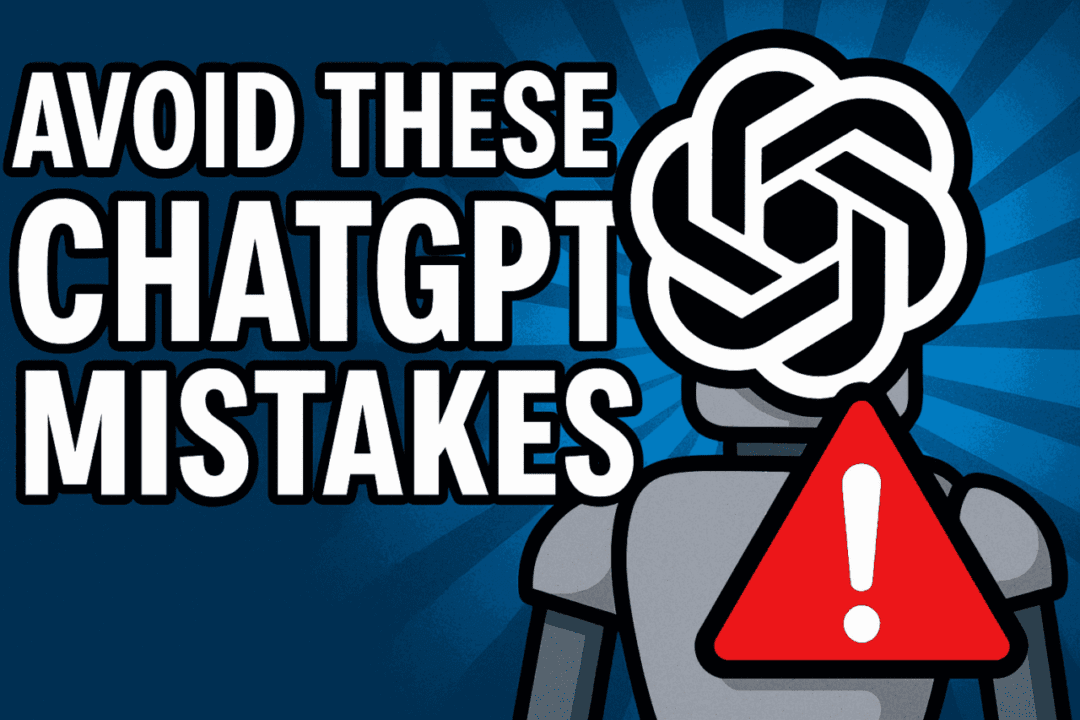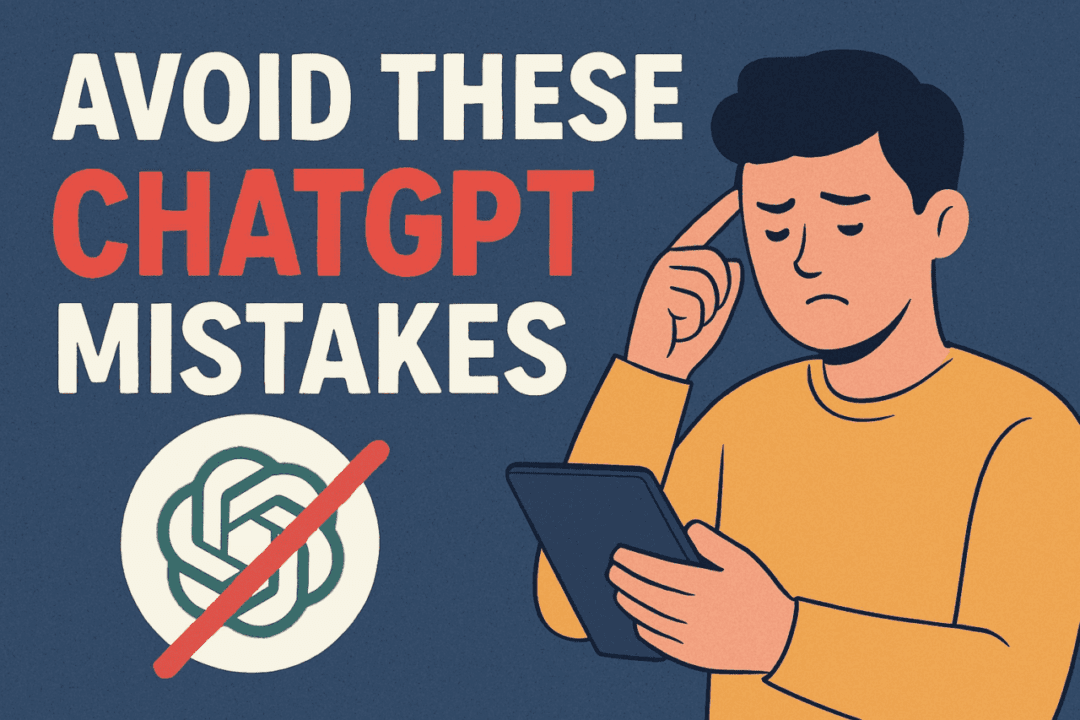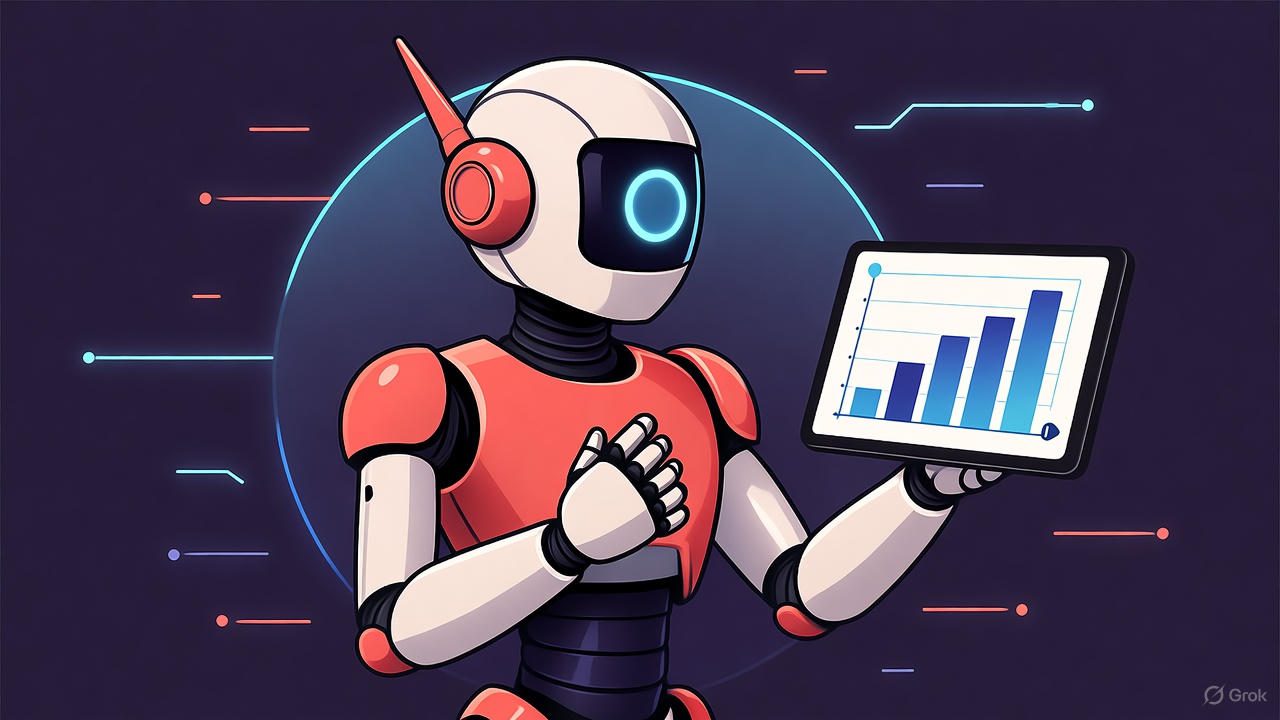ChatGPT has revolutionized how we interact with artificial intelligence, offering unprecedented capabilities for content creation, problem-solving, and information retrieval. However, many users inadvertently make critical mistakes that significantly diminish the quality of their results. Understanding and avoiding these common pitfalls can transform your ChatGPT experience from frustrating to incredibly productive.
Whether you’re a business professional, student, content creator, or casual user, recognizing these mistakes will help you harness the full potential of this powerful AI tool. Let’s explore the most common ChatGPT mistakes and how to avoid them.
1. Using Vague or Unclear Prompts
One of the most prevalent mistakes users make is providing vague, ambiguous, or overly general prompts. ChatGPT operates on the principle of “garbage in, garbage out” – the quality of your output is directly proportional to the clarity and specificity of your input.
For example, asking “Tell me about marketing” will generate a broad, generic response that likely won’t meet your specific needs. Instead, a well-crafted prompt might be: “Explain three effective digital marketing strategies for a small e-commerce business selling handmade jewelry, focusing on social media platforms with limited budget.”
The difference is striking. Vague prompts lead to superficial answers, while specific prompts yield targeted, actionable insights. Always include relevant context, desired format, target audience, and specific requirements in your prompts. Think of ChatGPT as a highly capable assistant who needs clear instructions to deliver exactly what you need.

2. Ignoring the Importance of Context
Context is the backbone of meaningful AI interactions, yet many users fail to provide sufficient background information. ChatGPT doesn’t inherently know your industry, your audience, your previous work, or your specific goals unless you explicitly tell it.
When starting a new conversation, establish the context upfront. If you’re writing a blog post, mention your target audience, tone preference, and article purpose. If you’re solving a technical problem, describe your system environment, constraints, and what you’ve already tried.
Moreover, remember that ChatGPT maintains context within a conversation thread. Use this to your advantage by building on previous responses rather than starting fresh each time. However, be aware that extremely long conversations may cause earlier context to fade, so periodically summarize key points if working on complex, extended projects.
The mistake of ignoring context often results in generic outputs that require extensive editing or complete rewrites. By front-loading context, you save time and receive more relevant, tailored responses from the start.

3. Over-Reliance on Automation Without Critical Thinking
Perhaps the most dangerous mistake is treating ChatGPT as an infallible oracle rather than a powerful tool that requires human oversight. While AI has made remarkable advances, it’s not a substitute for critical thinking, expertise, or human judgment.
Many users copy and paste ChatGPT outputs directly into their work without review, verification, or customization. This approach carries significant risks, including factual errors, outdated information, biased perspectives, and content that lacks your unique voice and insights.
The optimal approach is collaborative: use ChatGPT to generate ideas, draft content, solve problems, or explore perspectives, but always apply your own expertise to refine, fact-check, and personalize the output. Think of ChatGPT as a research assistant or brainstorming partner, not a replacement for your own knowledge and creativity.
Over-automation also stunts personal growth and learning. If you’re a student using ChatGPT to complete assignments without understanding the material, you’re robbing yourself of educational value. If you’re a professional blindly implementing AI-generated strategies, you’re missing opportunities to develop deeper expertise.

4. Failing to Verify Outputs and Information
ChatGPT can confidently present incorrect information, a phenomenon known as “hallucination” in AI terminology. The model may generate plausible-sounding facts, statistics, quotes, or references that are partially or completely fabricated.
This mistake is particularly critical when dealing with:
- Statistical data and research findings
- Historical facts and dates
- Citations and references
- Technical specifications
- Legal or medical advice
- Current events (given the model’s knowledge cutoff)
Always verify critical information through authoritative sources before relying on it for important decisions or professional work. Cross-reference facts, check citations, and consult experts when dealing with specialized domains.
Develop a healthy skepticism toward AI outputs. If something seems too perfect, unusually specific, or contradicts your existing knowledge, investigate further. The time invested in verification is minimal compared to the potential consequences of spreading misinformation or making decisions based on flawed data.

5. Neglecting Privacy and Security Concerns
In the excitement of using ChatGPT, many users overlook critical privacy and security considerations. Every prompt you enter is processed and potentially used to improve the model, meaning sensitive information could be exposed or compromised.
Common privacy mistakes include:
- Sharing personal identifying information (names, addresses, phone numbers)
- Entering proprietary business information or trade secrets
- Uploading confidential documents or data
- Discussing sensitive client or customer information
- Sharing passwords, API keys, or authentication credentials
- Entering protected health information or financial data
Before entering any information into ChatGPT, ask yourself: “Would I be comfortable if this information became public?” If the answer is no, don’t include it in your prompts.
For organizations, establish clear policies about ChatGPT usage. Many companies have implemented guidelines prohibiting the input of confidential information into AI systems. Some have even deployed enterprise versions with enhanced security features and data protection guarantees.
Additionally, be mindful of intellectual property concerns. Content generated by AI exists in a gray area legally, and different jurisdictions have varying rules about AI-generated work’s copyright status. If you’re creating commercial content, understand the legal implications and consider how much human authorship and transformation you’re adding to AI-generated material.

Best Practices for Effective ChatGPT Use
Now that we’ve covered the major mistakes, let’s discuss best practices for maximizing your ChatGPT experience:
Iterate and Refine: Don’t settle for the first response. Ask follow-up questions, request revisions, or approach the topic from different angles until you get the results you need.
Specify Format and Style: Clearly indicate whether you want a formal report, casual blog post, bullet points, step-by-step instructions, or another format. Mention preferred tone, length, and style.
Use Role-Playing: Ask ChatGPT to adopt specific personas or expertise levels. For example, “Explain this as if you’re a cybersecurity expert talking to a small business owner” often yields more targeted responses.
Break Complex Tasks Down: Instead of asking for an entire project in one prompt, break it into smaller, manageable pieces. This approach typically produces higher-quality results for each component.
Learn Prompt Engineering: Invest time in understanding effective prompt construction. Small changes in how you phrase requests can dramatically impact output quality.
Conclusion
ChatGPT represents a powerful tool that, when used correctly, can significantly enhance productivity, creativity, and problem-solving capabilities. However, avoiding common mistakes is essential to unlocking its full potential.
By crafting specific prompts, providing adequate context, maintaining critical thinking, verifying outputs, and protecting sensitive information, you transform ChatGPT from a mere novelty into a valuable asset in your personal or professional toolkit.
Remember that AI is rapidly evolving, and best practices will continue to develop. Stay informed about new features, limitations, and guidelines. Most importantly, view ChatGPT as a collaborative partner that amplifies your capabilities rather than replaces them.
The future of work increasingly involves human-AI collaboration. Those who master this partnership while avoiding common pitfalls will have significant advantages in productivity, innovation, and effectiveness. Start implementing these insights today, and you’ll immediately notice improvements in the quality and relevance of your ChatGPT interactions.




